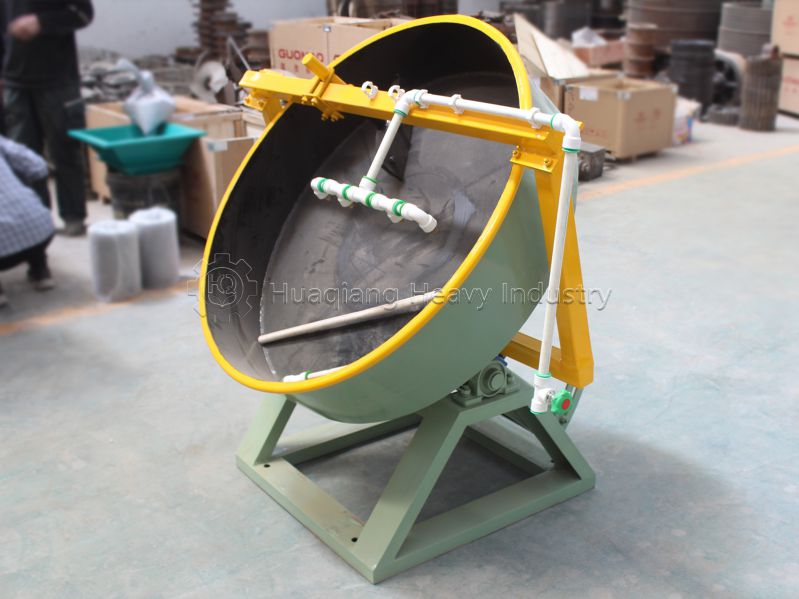Disc Granulator: A Key Role in NPK Fertilizer Production?
In the NPK compound fertilizer production process, the disc granulator acts as a “shaping master.” Its unique granulation principle transforms mixed raw materials into uniform particles. It also works closely with upstream and downstream equipment to achieve efficient fertilizer production, making it particularly popular among small and medium-sized fertilizer plants.

During the raw material preparation stage, a crusher first pulverizes the lumpy nitrogen, phosphorus, and potassium raw materials to a fineness of 80 mesh or greater to ensure the complete incorporation of the nutrients. Next, a double axis mixer mixes the pulverized raw materials with an appropriate amount of binder (such as bentonite) to create a paste with a moisture content of approximately 30%—the ideal raw material for disc granulation. If the raw materials have uneven moisture content, a hot air dryer intervenes to precisely control the moisture content, eliminating any obstacles for subsequent granulation.
This is where the disc pelletizer officially takes the stage. The disc, tilted 30-45 degrees, rotates at 15-20 revolutions per minute. Paste-like material is poured into the disc, where it is gradually rolled into round pellets with a diameter of 2-4 mm by the combined forces of centrifugal force, gravity, and friction. Scrapers on the edge of the disc promptly remove any material adhering to the wall, ensuring uniform pellet size and a pellet formation rate exceeding 80%. Notably, the operator can flexibly control pellet size by adjusting the disc’s speed and tilt angle to meet the fertilization needs of different crops.
After granulation, the granules first enter a drum screener machine to screen out oversized or fine particles. Fine particles are returned to the mixer for secondary granulation, while oversized particles are sent to the crusher for crushing and reuse, achieving zero raw material waste. Qualified granules then enter a rotary dryer, where hot air at 60-80°C reduces the moisture content to below 10%, preventing clumping during storage. Finally, a cooler cools the hot granules to room temperature, preparing them for subsequent packaging.
After introducing this equipment, a South American fertilizer plant increased its daily NPK granular fertilizer production from 80 tons to 150 tons, maintaining a stable product qualification rate of over 98%, while also reducing energy consumption by 20%. The seamless integration of the disc granulator with other equipment not only improves production efficiency but also enables NPK fertilizer to play a vital role in ensuring good harvests in the region.
